The FiiO JM21 was kindly provided free of charge in exchange for an honest review. I didn’t receive monetary or any other kind of compensation and I don’t use affiliate links. The price of the FiiO JM21 is $199 and you can buy it from here.
Jade Audio
Jade Audio is FiiO’s sister company (sub-brand) that focuses on producing youthful and stylish audio products at affordable prices but without cuts in performance and craftsmanship. Notable examples are the KA15 portable USB DAC, the JT1 full sized headphones and the JD7 earphones. Most people prefer to use the name FiiO instead of Jade Audio and thus I am going to do for the rest of this review.
Budget DAPs where art thou?
In the past few years most of the audio industry, FiiO included, have abandoned making entry-level DAPs in favor of the portable USB DAC dongles, which became better and better with rising demand. However not all hobbyists sympathize with the idea of using their phone with a DAC hanging underneath it and refuse to abandon their favorite DAPs. And while mid-range and high-end DAPs kept producing, there was a great shortage of entry-level, budget friendly models.
It seems now that there is a rising demand for compact sized and affordable DAPs, making manufacturers shift their plans and start producing new models. The JM21 is FiiO’s entry-level DAP and the first affordable model of the brand after so many years.
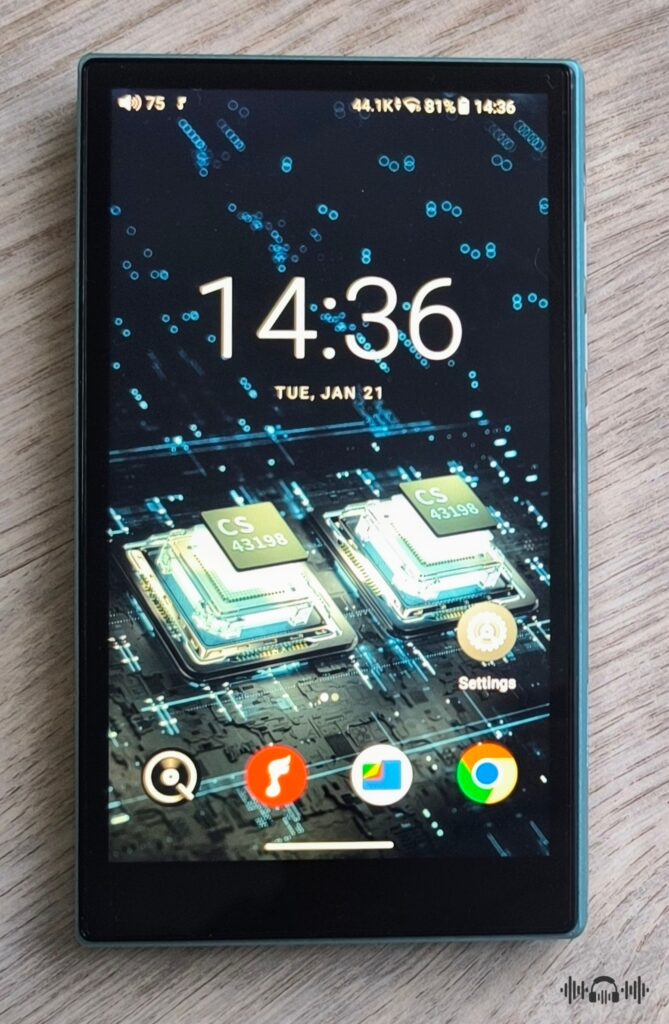
FiiO JM21
The FiiO JM21 is an affordable DAP targeted at beginner users who don’t like USB DAC dongles and want an independent system for music listening. Another target group are experienced audiophiles who need a second DAP that is more compact and lightweight from their higher-end models so they can use it on a daily basis.
Technical highlights
The JM21 might be entry-level but its hardware and software are far more advanced than someone would expect for the price and the overall configuration is not that much inferior from pricier DAPs.
The audio circuitry is built around two CS43198 DAC chips with dual independent SGM8262 amplifiers that produce 700mW/32Ω from the balanced output. The player uses the main control chip and a 5th generation FPGA with dual custom femtosecond crystal oscillators for jitter reduction before DAC conversion, ensuring a direct signal path, something that is not possible in USB DAC dongles.
The JM21 uses independent power supplies for the digital and analog sections with many LDO precision regulators. Furthermore the main controller, the DAC and headphone amplifier sections are separated into their own zones, each one with its own shielding and isolation.
You can read more about the FiiO JM21 here.
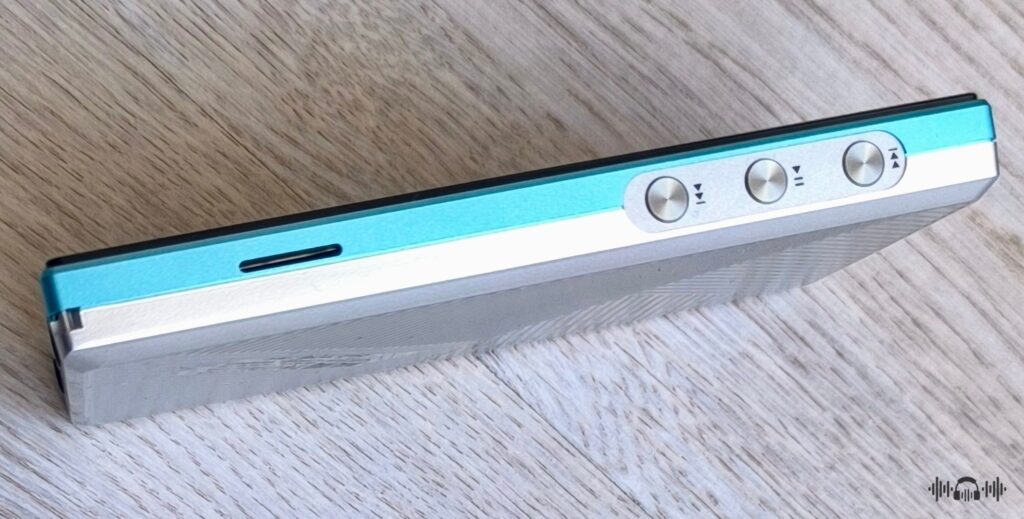
Design and build quality
The JM21 is compact sized (120.7x68x13mm), lightweight (156g) and exceptionally thin with strategically placed buttons for music playback and volume control. What is missing compared to FiiO’s more expensive models is the programmable, multifunction button. The FiiO JM21 has 3.5mm and 4.4mm analog outputs, a USB type-C port, a micro SD card slot and an indicator LED light that changes color according to the input sampling rate.
The chassis of the JM21 is a combination of an aluminium-alloy front cover, in a sky-blue finish, with a silver painted plastic back cover that get joined with a visible seam. I can understand FiiO using plastic to save on costs and keep the weight low but, while this is a well made device, the back cover doesn’t inspire much confidence about its longevity and adds a cheap feeling to the player.
Hardware and software
Inside the JM21 is the latest Snapdragon 680 SoC by Qualcomm, featuring 8-cores based on the Kryo 265 architecture. The processor is supported by 3GB of RAM with 32GB of ROM and is running a deeply customized Android 13 OS. While the player supports Google’s Play Store out of the box, FiiO suggests installing only streaming applications and running only one task at a time because of the limited RAM.

Display
For the JM21 FiiO has opted for a 4.7” HD screen (750*1334) as the best combination of size and visibility. The display is vibrant, bright and responsive, you can enlarge the fonts and select most Android options like night vision and dark theme. After a recent update, the display supports double tap to wake but not automatic brightness adjustment.
User interface and experience
Running the familiar Android 13 OS, the JM21 doesn’t differ from a smartphone so you can perform most Android operations and run various applications as long as they are supported by the limited RAM. With streaming applications like Qobuz and Tidal, surfing the web or using the FiiO music player, the JM21 is fast and responsive offering a smooth and lag-free user experience. The drop down menu includes shortcuts to frequently used functions. The JM21 is made for music listening and it is not a multimedia center. As long as you understand and respect this condition, you will find that the JM21 is a swift and responsive little player.
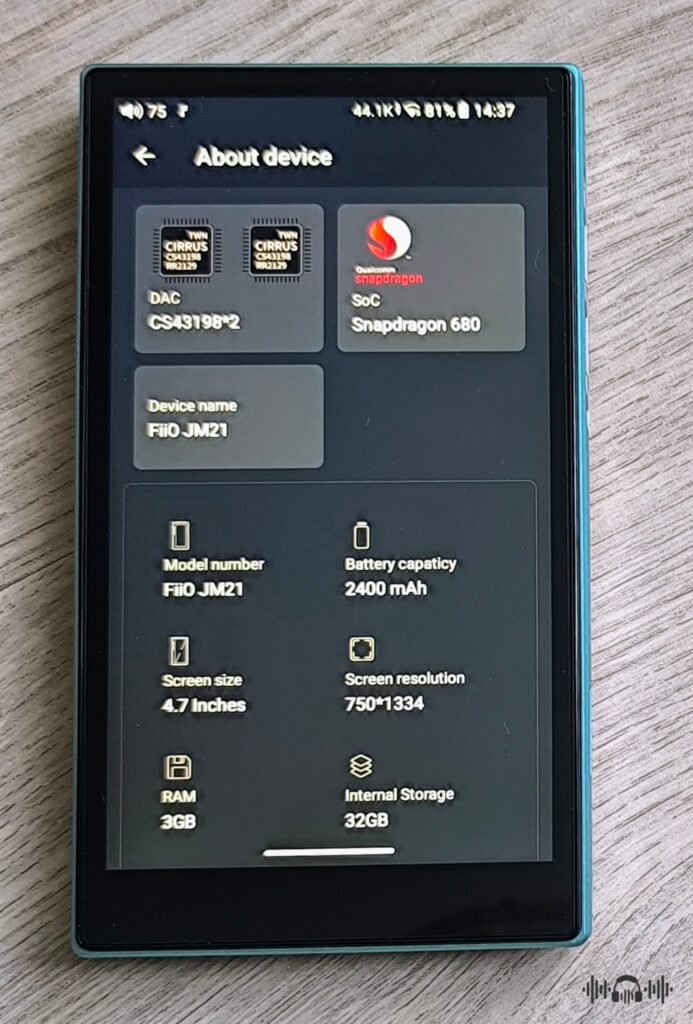
Connectivity and operation modes
The DAP supports Android mode, Pure music mode, AirPlay, USB mode and Bluetooth 5.0 mode. The pure music mode switches to the embedded FiiO music player, killing all other tasks for the best possible audio quality.
The JM21, unlike other FiiO DAPs, doesn’t support global EQ as its effectiveness is limited to the FiiO music player. The DAP has global SRC bypass making sure that original sampling rates are untouched with all music playback and streaming applications.
The Bluetooth supports both transmission (SBC/AAC/aptX/aptX HD/LHDC/LDAC) and reception (SBC/AAC/LDAC) modes. Performance is stable within the same room and the sound is of high quality with the LDAC codec.
USB connectivity is bidirectional, you can use the JM21 both as a USB DAC or as a streaming transport to an external DAC. Coaxial SPDIF digital output is also supported through the 3.5mm jack. FiiO clearly states that the USB DAC mode will induce higher latency and is not recommended for watching movies or playing games. Both 3.5mm and 4.4mm headphone outputs can be configured as line outputs with fixed or variable level.

Battery duration
The 2400mAh battery of the JM21 provides about 9-10 hours of playtime from the balanced output, streaming high resolution music. Not bad for the size and if you run out of battery, you can charge it in about 2 hours with a 5V/2A charger.
Accessories
The package includes a transparent silicone protective case and a USB cable while the front cover has a film screen protector pre-applied from the factory. The JM21 has a lanyard hole but a lanyard is not included.

Power output and noise
With 700mW/32Ω from its balanced output, the JM21 can effectively drive a great variety of full sized headphones, as long as they are not too insensitive, while the exceptionally low noise floor guarantees excellent performance with sensitive earphones. The JM21 has three gain settings with different volume curves for better matching with various loads. The Aune SR7000 and the FiiO FD15 matched very well with the player.
Listening impressions
This section includes sound comparison notes with the FiiO KA15.
Not surprisingly, the sonic performance of the FiiO JM21 is nothing short of amazing and reminds a lot of the FiiO KA15 DAC/amp with which they share the same audio architecture. However the battery powered and much more advanced power supply of the JM21 is beneficial and makes it sound more refined and silent with wider dynamic range and extra punchiness in the bass.
The sound signature is neutral and crystal clear with great transparency and fidelity for the category. Oddly enough, the JM21 is slightly more energetic and bright in the treble than the warmer sounding FiiO KA15 but it doesn’t end up sounding clinical or sharp.
The bass is deep and impactful, fast and controlled, a little bit lean and dry but with surprisingly good layering and definition. Pair the JM21 with the right earphones and you will be rewarded with punchy and dynamic bass that combines quantity and quality in equal amounts to satisfy both the critical and the casual listeners.

More listening impressions
The mid-range is spacious and well defined with plenty of harmonic intensity to make both instruments and voices sound lifelike and realistic enough. The JM21 is a bit more dry and less rounded than the FiiO KA15 but it outperforms it in clarity, resolution and in the refinement of the textures.
The treble is sparkling and energetic with excellent extension. There is a touch of brightness but the sound is not sharp or harsh. The timbre is natural enough without much sense of artificiality or digital glare. Surprisingly, the NOS filter of the CS43198 DAC chip doesn’t seem to be as effective as in the KA15 and lacks the organic flavor that it usually has. Detail retrieval is stellar for the category, micro details get resolved in such a way that you never get the feeling that the JM21 is an analytical sounding DAP.
The soundstage is wide and expanded enough with good depth layering. The JM21 achieves excellent separation and outstanding imaging accuracy for an entry level DAP, outperforming the KA15 in these regards. It is not the most holographic and immersive sounding player but it manages to communicate a sense of grandness with all kinds of music.
Vs the FiiO M11S
The M11S was FiiO’s most affordable DAP before the introduction of the JM21. Priced at $499, the M11S is two times more expensive than the JM21 and its audio architecture is based around dual ES9039Q2M DAC chips with independent low pass filtering and dual OPA926 op-amps for the amplification.
The M11S is not more powerful than the JM21 (660mW/32Ω vs 700mW/32Ω) but its battery lasts a little bit longer. The M11S uses the Qualcomm 660 SoC with 3GB of RAM and 32GB of ROM, running the Android 10 OS. The OS is rather outdated but the overall user experience is more or less the same in both players without noticeable differences.
The M11S is considerably better made with a full aluminium enclosure and a glass panel at the back but it is heavier and thicker than the JM21.
The sonic performance of the M11S is slightly more sophisticated than that of the JM21 with better overall technicalities, fuller textures and more impactful bass. The M11S is more resolving and refined than the JM21 with a deeper and more holographic soundstage. The M11S sounds a bit better than the JM21 but it is much more expensive and it runs an outdated software version without further support by the company.
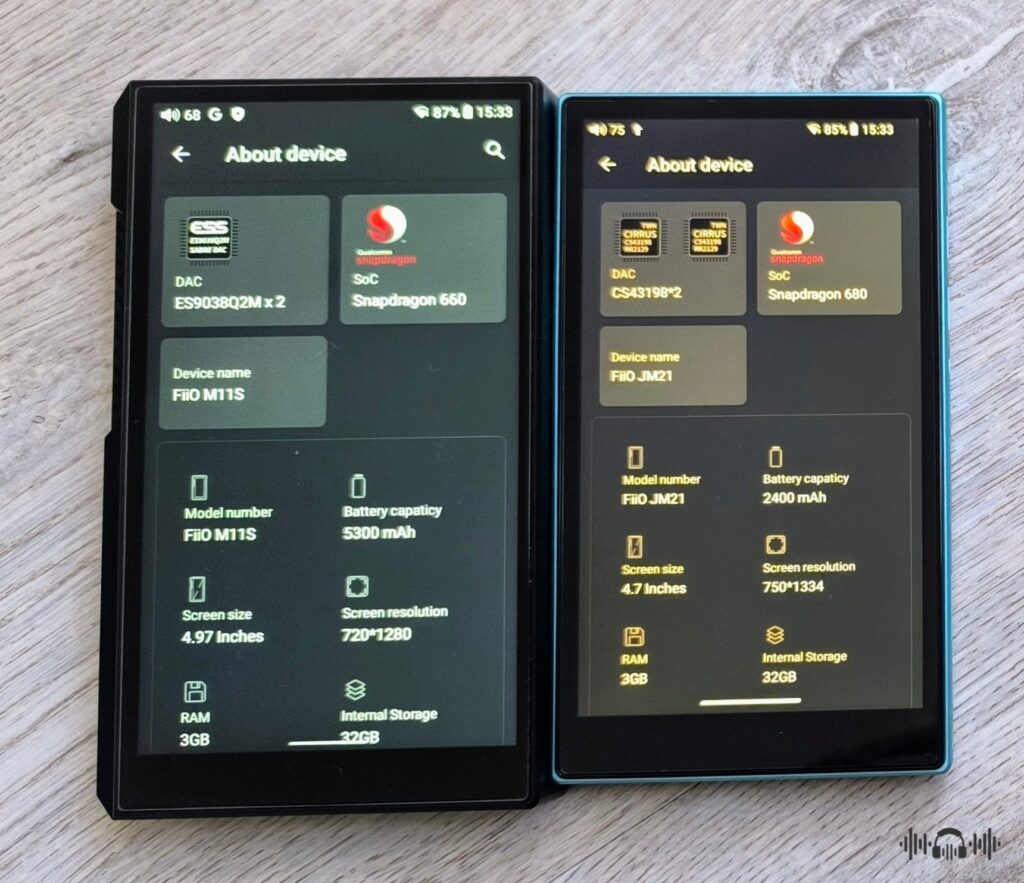
Vs the Shanling M1 Plus
The $209 Shanling M1 Plus is an entry-level DAP with an audio architecture based around the ESS ES9069Q DAC chip that is accompanied by a pair of SGM8262 amplifiers that provide 660mW/32Ω from its balanced output.
The major difference in comparison with the FiiO JM21 is that the Shanling M1 Plus is not an Android based player but it is running the proprietary MTouch OS. This is a classic DAP where you can’t install apps and the only supported streaming service is Tidal.
The JM21 has a bigger 4.7” screen and is ultra thin but not as compact or lightweight as the M1 Plus (156g vs 116g) which is also better made with a full aluminum enclosure and a glass back panel.
Connectivity options are more or less the same, the JM21 has true line outputs that bypass the amplifier stage, while sound performance is really great in both players with some minor audible differences.
Eventually, the choice comes down to size and weight, people who need the most compact and lightweight player, and don’t mind the lack of some features, will probably choose the M1 Plus while the rest might prefer the more feature packed but a little larger and heavier FiiO JM21.

In the end
The introduction of the JM21 marks FiiO’s return back to its roots. This is the company that used to make some of the most affordable and well regarded entry-level DAPs in the market that sold thousands of units.
Now that the hype for the USB DAC dongles has ceased and the demand for entry level DAPs is rising again, FiiO is here to prove that you can’t never forget your old trade.
The FiiO JM21 is an entry-level and affordable DAP that combines portability with stellar audio performance and all the essential features that a modern player should have. An excellent choice for both beginners and more advanced users alike, it can become your first DAP or your second device for daily use.
Copyright – Petros Laskis 2025.
+ Stellar sound performance for an entry-level DAP
+ Competitive technicalities
+ Natural timbre without much artificiality
+ Plenty of power
+ Low background noise
+ Spacious soundstage with sharp imaging
+ Android 13 OS
+ Ideal combination of size and features
+ Fast and responsive as long as you don't multitask
+ Ultra thin and lightweight
+ Very affordable with great price to performance ratio
- Plastic back cover
- Increased latency in USB DAC mode
- Not suitable for multitasking
- Low RAM limits the performance
- The silicone case fits loose





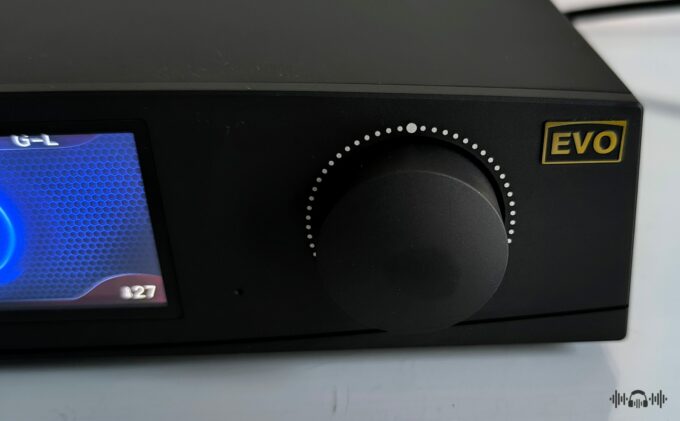

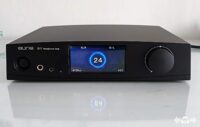


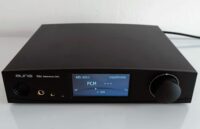
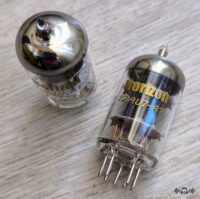
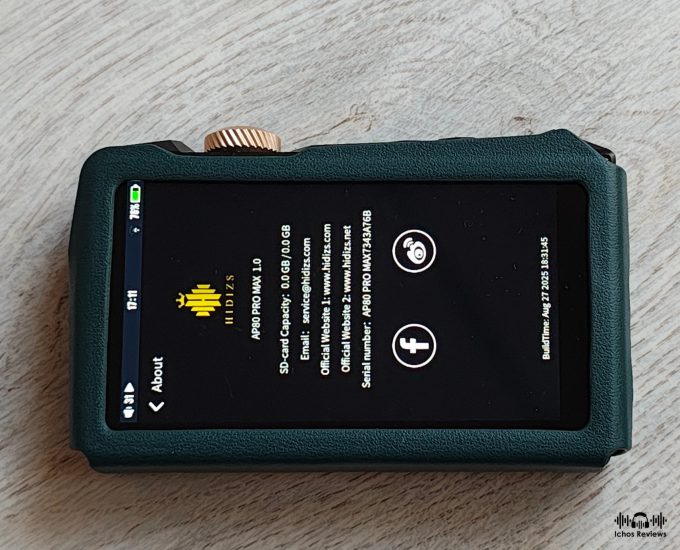
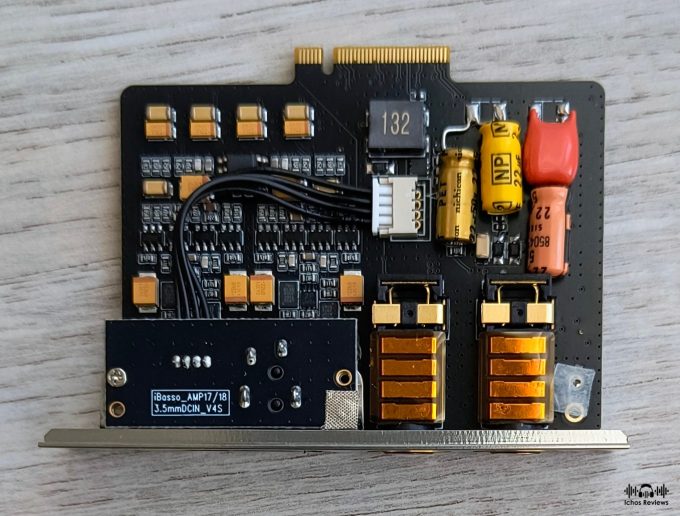

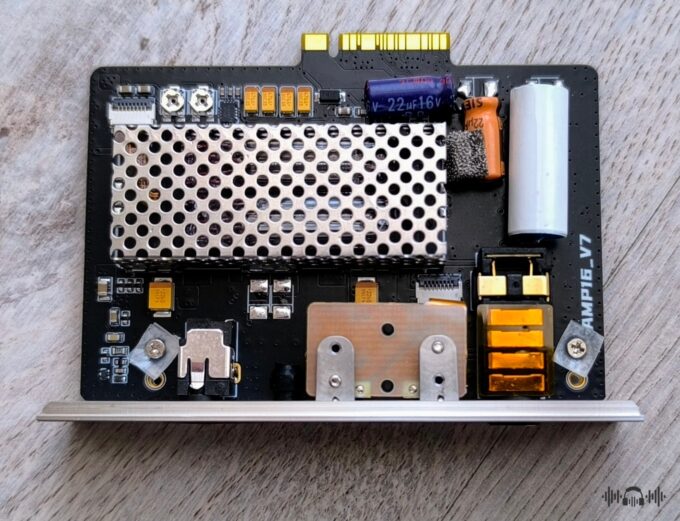

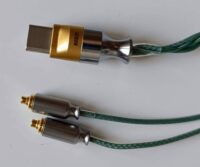



Leave a comment